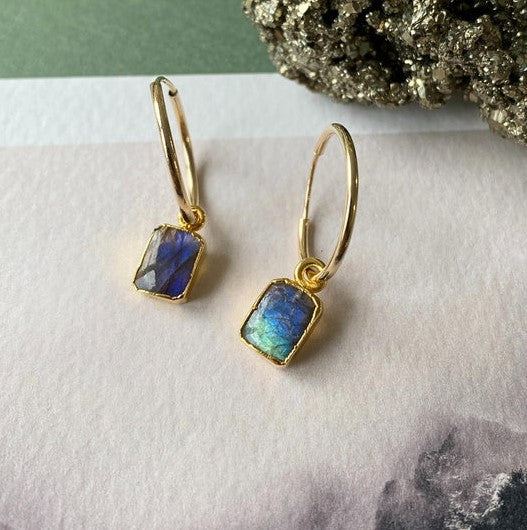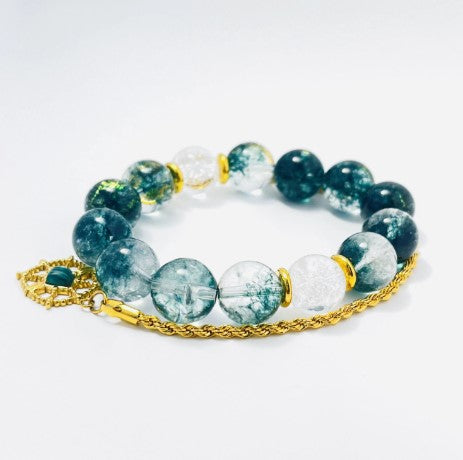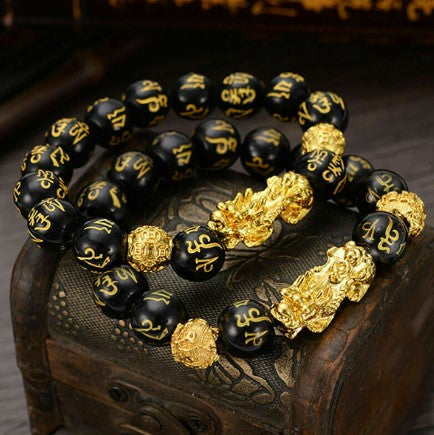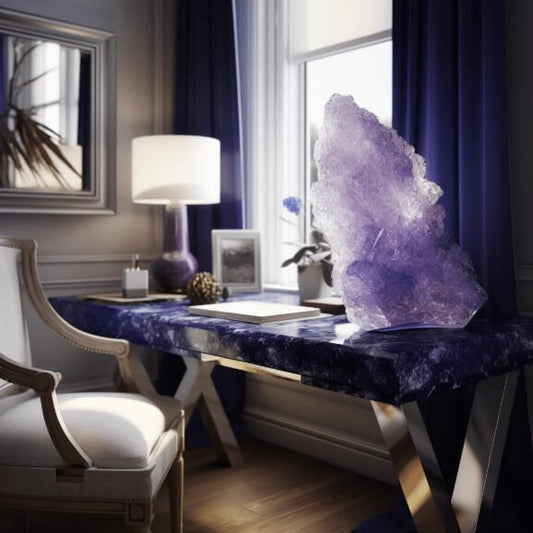Crystals: An In-Depth Analysis Of Structure, Properties, And Applications
Crystals have captivated the human imagination for centuries with their intricate structures and remarkable properties. Defined as solids whose atoms, molecules, or ions are arranged in a highly ordered microscopic structure, crystals extend beyond the realm of gemstones to include a vast array of materials with diverse applications. This article provides an in-depth analysis of crystals, exploring their formation, types, physical properties, and the roles they play in science, technology, and everyday life.

Formation and Structure of Crystals
Crystals form through a process called crystallization, where a liquid or gas transitions into a solid state, and the constituent particles arrange themselves into an orderly pattern. This process can occur naturally, as in the case of mineral crystals formed in the Earth’s crust, or synthetically in a laboratory setting.
The basic building block of a crystal is its unit cell, which is the smallest repeating unit that, when stacked together, forms the entire crystal lattice. The lattice is characterized by its symmetry, which can be categorized into seven crystal systems: cubic, tetragonal, orthorhombic, hexagonal, rhombohedral, monoclinic, and triclinic. Each system has specific geometric properties that dictate the crystal’s shape and the angles between its faces.
Types of Crystals
Crystals can be classified into several types based on their chemical composition and structure:
- Ionic Crystals: Composed of positively and negatively charged ions, these crystals are held together by strong electrostatic forces. Examples include sodium chloride (table salt) and calcium fluoride (fluorite).
- Covalent Crystals: In these crystals, atoms are bonded together by shared electrons, creating a network of strong covalent bonds. Diamond and silicon are notable covalent crystals.
- Metallic Crystals: Metallic bonding characterizes these crystals, where positive ions are surrounded by a sea of delocalized electrons. Metals like copper, iron, and gold are metallic crystals.
- Molecular Crystals: These crystals consist of molecules held together by weaker intermolecular forces such as van der Waals forces or hydrogen bonds. Examples include sugar, ice, and certain organic compounds.
Physical Properties of Crystals
Crystals exhibit a range of physical properties that are a direct result of their internal structure:
- Cleavage: The tendency of a crystal to break along flat planes of weakness, determined by the arrangement of atoms within the crystal lattice.
- Crystallographic Axes: The directions along which a crystal can be divided into similar parts, reflecting its symmetry.
- Hardness: The resistance of a crystal to scratching or abrasion, measured on the Mohs scale. Diamond, the hardest known natural material, scores 10 on this scale.
- Luster: The way light reflects off the surface of a crystal, which can be metallic, glassy, or pearly, among other types.
- Specific Gravity: The ratio of the density of a crystal to the density of a reference substance, typically water at 4°C.
Applications of Crystals
Crystals have a wide range of applications across various fields:
- Electronics: Silicon crystals are the foundation of the semiconductor industry, used in the production of transistors, solar cells, and integrated circuits.
- Optics: Crystals with optical transparency and specific refractive indices are used in lenses, prisms, and lasers. Quartz crystals are particularly important for their piezoelectric properties, used in watches and other timing devices.
- Pharmaceuticals: Crystallographic studies help in understanding the structure of biological molecules, aiding in drug discovery and development.
- Materials Science: The study of crystal structures and properties contributes to the development of new materials with desired characteristics, such as high-strength alloys and lightweight composites.
- Gemology: Precious stones like diamonds, rubies, and sapphires are highly valued for their beauty and rarity, and they are used in jewelry and decorative items.
Conclusion
Crystals are more than just beautiful objects; they are fundamental to our modern world. Their unique structures and properties make them indispensable in numerous scientific and technological applications. From the most basic elements of everyday life to the cutting-edge of research and development, crystals continue to play a pivotal role. As our understanding of crystallography deepens, we can expect even more innovative uses for these remarkable materials, further expanding their impact on society and advancing our capabilities in various fields.








